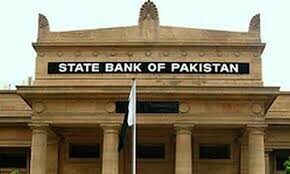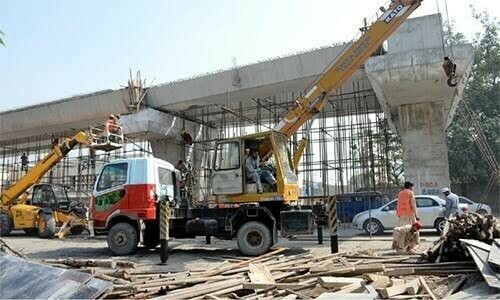THE latest reduction of 200bps in the State Bank’s policy rate appears moderate in the backdrop of calls from business groups for a bigger cut of 3pc to 5pc. With inflation plunging to 4.9pc last month, many expected a more ‘dovish’ monetary policy to bridge the gap between the latest inflation readings and real positive rates.
The fall in the three-month benchmark Kibor — a reference interest rate banks use to decide the price at which they lend money — to around 12pc in response to the fresh inflation data had also reinforced these expectations. What makes the SBP stand apart from the market trends and continue what some still see as a restrictive policy stance, despite the rate cuts of 9pc to 13pc in just six months? It is multiple risks that inflation remains susceptible to.
Indeed, some recent macroeconomic developments are tempting enough to throw caution to the wind and endeavour to induce rapid growth. Inflation is at a six-and-a-half-year low. The current account has been running a surplus for three consecutive months on higher remittances and a slight bump in export earnings, increasing official international reserves to around $12bn in five months — in spite of weaker official and private inflows and substantial debt repayments.
Global commodity prices remain low, taking the pressure off inflation and the import bill, and growth prospects seem to have improved as industrial activity gains traction and downside risks to the crop outlook subside. But that is where the growth story ends and risks to the economy start emerging.
In its latest monetary policy statement, the SBP has again warned that inflation outlook will remain volatile in the near term. For starters, the government may need to resort to contingency, inflationary taxation measures to cover the gap of Rs356bn in FBR revenues for the July to November period and meet the IMF-mandated primary surplus of 1pc of GDP. This is despite savings in interest payments on domestic debt compared to the budget estimates of Rs9.6tr due to falling interest rates.
Further, it implies, the risk of resurgence in food inflation and a rise in global commodity prices are very possible. Lastly, inflation is likely to see an upward trajectory once the high base effect, which has largely driven the recent sharp decline in CPI inflation, tapers off. Surprisingly, the bank has not flagged the delays in implementation of the increase in the planned energy prices — an important factor behind the fall in CPI reading that the bank mentioned in earlier monetary policy statements — as a risk to inflation. Given these risks, any attempt to stimulate growth through faster monetary easing without structural reforms will only push the economy into a much bigger economic and financial crisis.
Published in Dawn, December 17th, 2024














































Dear visitor, the comments section is undergoing an overhaul and will return soon.